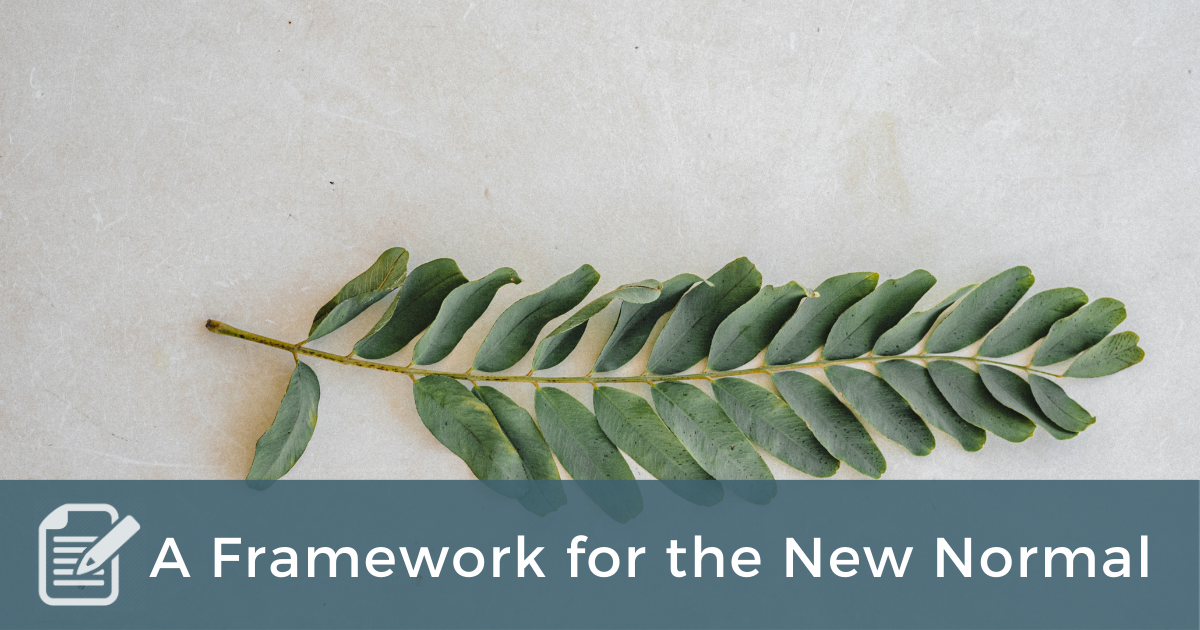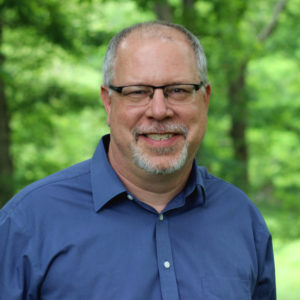
The snow was piled as high as the house. The electric lines had frozen and snapped. And the road grader which was sent to plow a path for us had gotten stuck and would remain stuck for about a month. It was an unnatural beacon of despair parked right across the road from our house.
Since we lived on a farm ten miles from town, no electric meant no heat AND no water. These were both issues we would have to address. The house had a fireplace, and we had cut and stacked plenty of firewood, but shockingly, the timber was unreachable through the eclipsing snow. Instead, we had to cut limbs off the trees in the front yard in order to have something to burn.
Our water came from a well but with no electricity, the water pump couldn’t suck water out of the well. As if the snow wasn’t enough, the air was bitter cold, and the falling snow had turned to sleet. We waddled out to the well through the thick snow, took off the well cover, and lowered buckets down to draw out the water.
The blizzard of 1977 forced us to improvise and live a different way for week after week. And then, it warmed up and the snow melted away, releasing our home from its frosty grip. Other than the road grader still stuck across the road, there were no more signs of abnormality.
The COVID pandemic reminds me of that blizzard, except that you could at least see the snow. It is hard to see the virus. My brother calls it the invisible enemy. We have an ominous feeling that the virus is lurking around the corner stealthily waiting to immerse you and your family. We are waiting for it to go away, like the piles of snow. Except, it won’t. Viruses don’t go away. They may recede, but they return.
Andy Crouch shared his thoughts about all this in both a blog and a podcast called Leading Beyond the Blizzard: Why Every Organization is Now a Startup. Though he mentions blizzard in the title, he goes on to say that a better analogy is an ice age, at least a “mini” ice age. Imagine if the blizzard of 1977 was a mini ice age instead. Perhaps it is just now starting to melt. Our improvisations would have become adaptations. Our vehicles would have had to change. Our connection to electricity would have had to change. Our way of making a living (farming) would have had to change. Crouch says our current improvisations will need to turn into adaptations. The sooner the better.
Crouch also shared a framework, which was helpful to me when a client called and had to redo a wonderful plan we had created during our last call. The framework isn’t new. It’s Why, Who, What, and How. Simon Sinek taught us to Start With Why (Ted Talk, Book). For instance, we shouldn’t just feed the hungry (What and Who) without knowing Why we are doing it. For me, the Why to feed the hungry is that it is part of the Gospel. We should treat people like they are Jesus (Matthew 25). With a prominent Why in place, people are more likely to join our cause.
My client’s Why had not changed. His Why was also based in the Gospel. The Gospel is not affected by a blizzard or a pandemic. So I started coaching him on Who. Pandemics can change the Who, at least a little. You may no longer have direct access to the original Who. Not everyone has access to Zoom. Not everyone can risk a face to face encounter. Who can only be who you can reach now. My client’s Who changed slightly. This was good awareness before we moved on to What and How.
Crouch says you should scrap your What and How. You must determine if this is a blizzard or an ice age. There is another factor to consider as well. Unlike the blizzard of 77, the pandemic uncovered something. The world changed in 2010 when we entered the digital age. Thousands of people are trying to figure out how to use Zoom, while at the same time, lots of folks under the age of 30 are on Discord and have been for several years. If you don’t know what Discord is, you’re emphasizing my point.
While much of the over 50 crowd is clamoring for their rights to meet in person at church, in restaurants, and movie theaters, the under 40 crowd has continued listening to podcasts, ordering through Door Dash, and watching Netflix. The under 40 crowd lives on a different planet than the rest of us. And here’s the dirty little secret: we are the ones who are going to have to change if we want to have any impact.
This is a perfect world for a coach who can spur the imagination through new awareness and help people and organizations transform into beings who can inhabit and thrive in this new world. Coaches were made for “such a time as this.” Now, not very many people know this is true. Your job is to go out and find the abundant opportunities provided by an ice age and start helping people adapt to a new normal.


